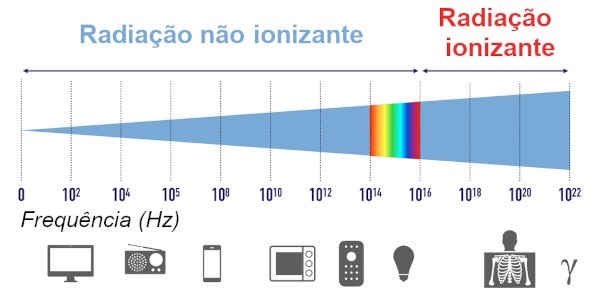question 1
(UFAM) The first experimental observations of magnetic phenomena were carried out by the Greeks in a region of Asia Minor called Magnesia. They found that a certain type of stone called a magnetite (or natural magnet) was able to attract pieces of iron. In 1820, the Dane Hans Christian Oersted (1777-1851) observed that an electric current running through a conducting wire also produces a magnetic field. This discovery began the unification of electrical and magnetic phenomena, giving rise to the branch of physics called electromagnetism. For the case of a straight conductor wire traversed by an electric current, the magnetic field produced at a point P, around the conducting wire, depends on the magnetic permeability of the medium, the intensity of the electric current and the distance from the conducting wire to the point P. Consider the situation in which two straight and parallel conductors are carried by an electric current of intensities i1 = 2A and i2 = 4A, as shown in the following figure:

We can say that the ratio between the intensities of the magnetic fields B1/B2, produced by the two straight conductors at point P, is:
a) 0.25
b) 0.5
c) 1
d) 2
e) 4
question 2
(UEFS)

The figure shows two long, parallel wires separated by a distance d = 10.0cm, which carry currents of intensity I = 6.0A in opposite directions.
Considering μO = 4π-10–7Tm/A, the magnitude of the resulting magnetic field at point P, located 2d to the left of point A, in µT, is equal to
a) 1.0
b) 1.5
c) 2.0
d) 10.0
e) 12.0
More questionsIn this video class, you will learn a little more about the life of Júlia Lopes de Almeida, one of the most important writers in Brazilian literature. Check out our review!
When it comes to health, mental care is always the least. In view of this information, it can be seen that the cases of mental illnesses have risen alarmingly in recent years. In this class, prof. Guga discusses the problem and adds strength to the repertoire for his writing.

